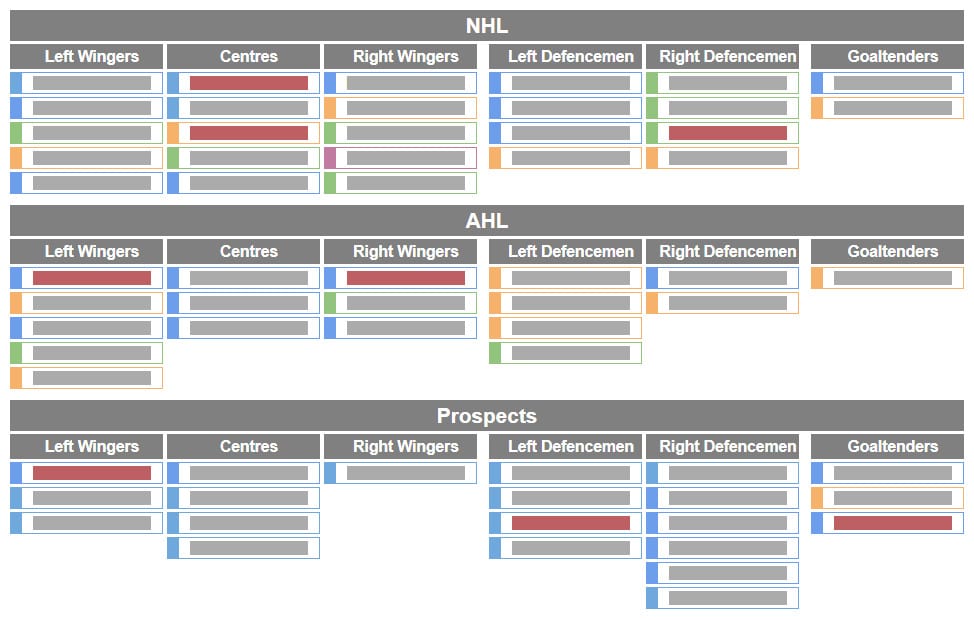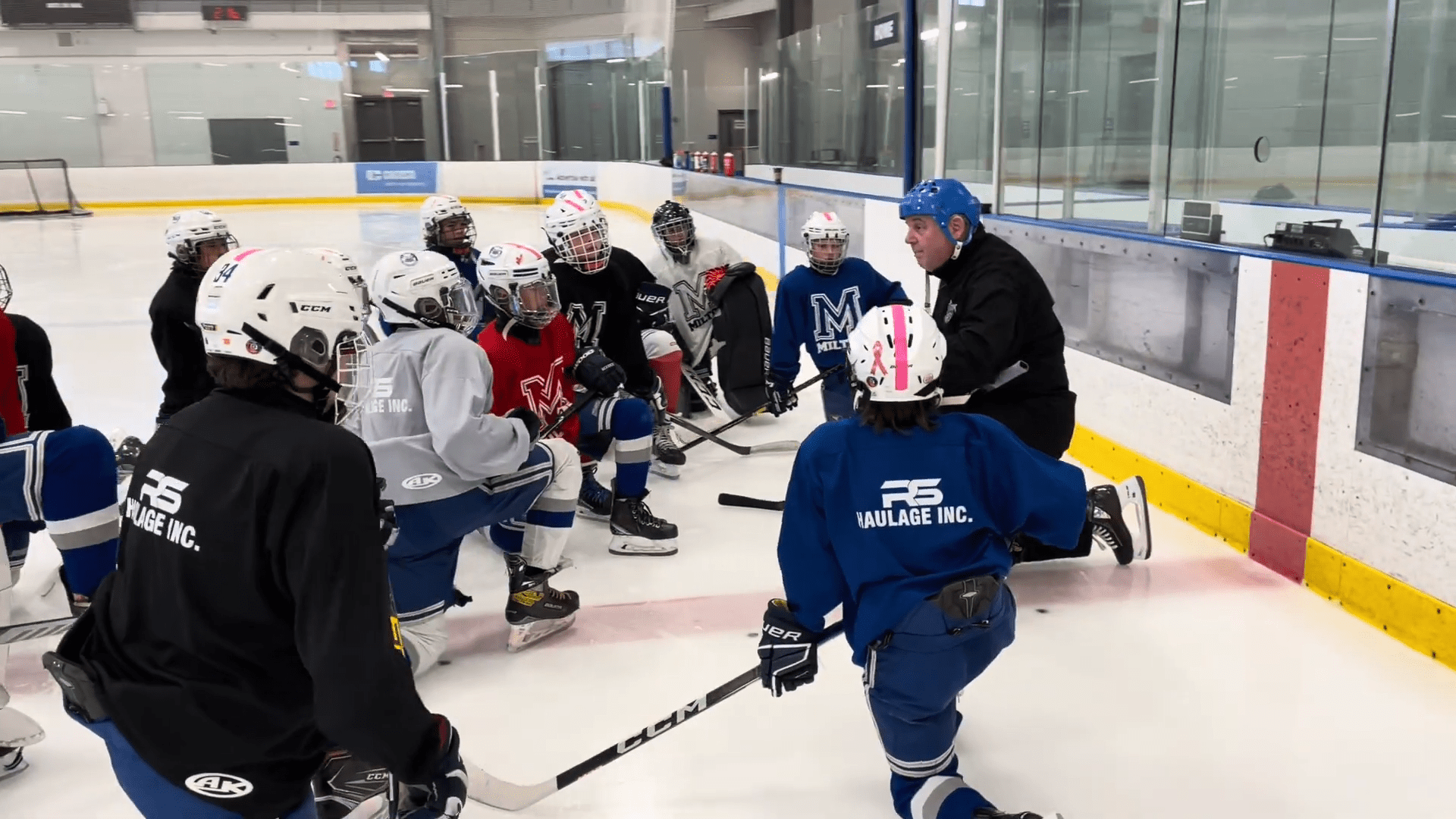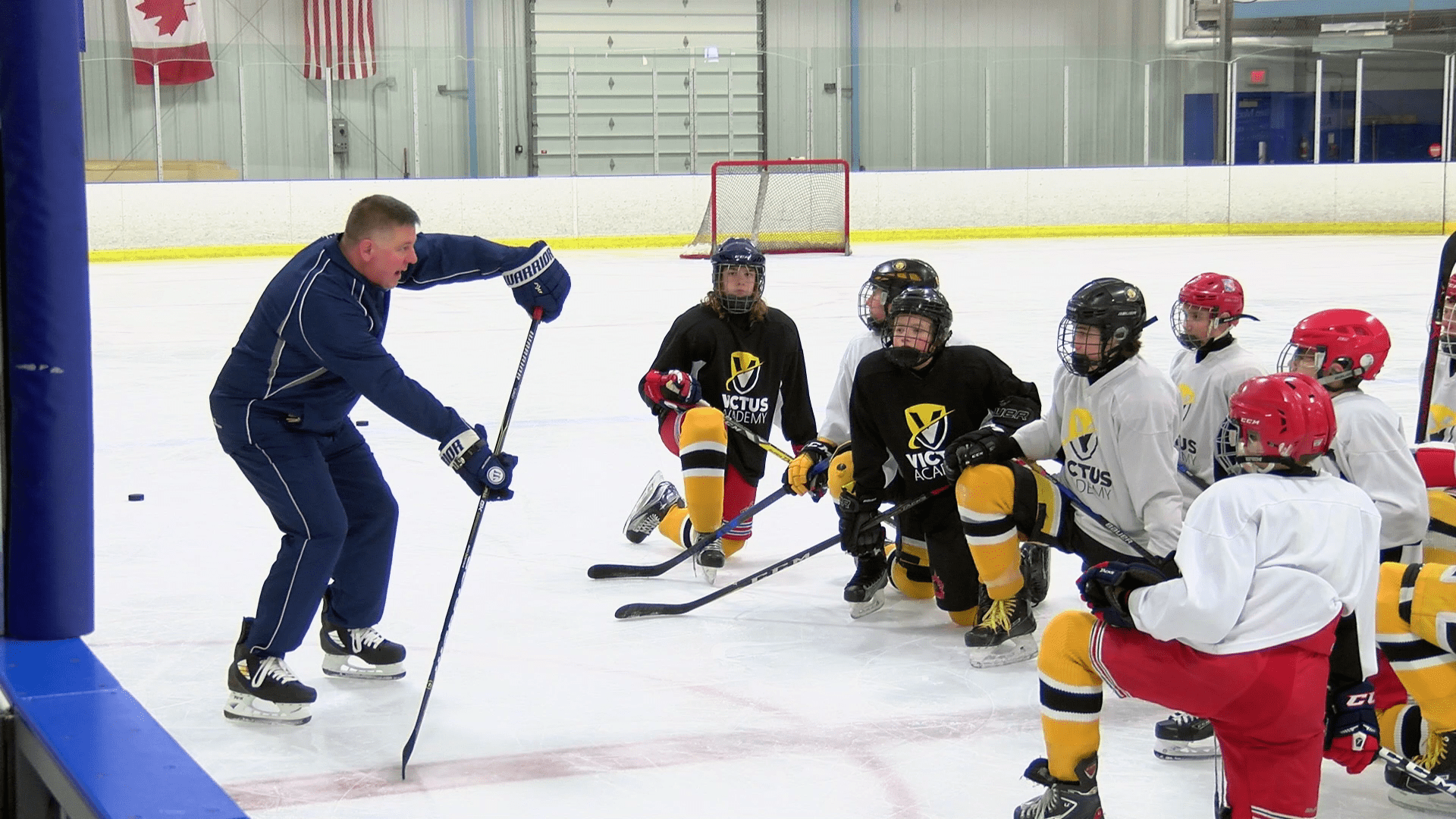Depth charts are utilized in all major sports, and they are extremely useful tools for coaches and players alike. In hockey, they help to set the lines and keep the coach on top of who’s performing and who isn’t. It is important to have a depth chart at all levels of hockey, from pee-wee leagues to the NHL. The depth chart is one of the most basic parts of setting up a team and every coach should be aware of its uses.
What is a Depth Chart?
A depth chart in hockey is based around the line system. The most common set up is to have four lines of forwards (right wing, left wing, center) who play alongside three lines of defenseman, called partners. Most hockey teams follow a pretty simple plan for setting up their linemates.
The first line will consist of the team’s most skilled offensive players. They will get the most ice time and are usually responsible for the majority of any team’s scoring.
The second line is often comprised of slightly lower-level offensive players who may play a better two-way game, making it a line that can both score and prevent scores against at a high level. Sometimes a player who may be skilled enough to be a first liner will be put on the second line in order to open up more offensive opportunities, especially if there is another elite player on the team with whom he shares a position.
The third line is a defensive-based line, often with larger forwards who are more focused on checking and wearing down the opponent. This line often gets matched against another teams scoring lines in order to minimize their goals and tire them out, as big hits and gritty play can be exhausting. Although they don’t generally score as much as the first two lines, they still have players who can contribute to some big goals.
The fourth line is the most physical line and is often made up of less skilled but durable players who don’t mind getting their hands dirty. They play the fewest number of minutes but continue to beat up on their opponents and provide a short break for the first lines who can come out with more energy after this line does their job.
The power play line, or power play unit, is made up high-scoring lines who take the ice when the other team commits a penalty and thus ends up short-handed. Although a coach will want to take advantage of offensive firepower and scoring opportunities, this line should have strong two-way players so as not to give up a short-handed goal.
A penalty kill line is put on the ice when the team commits a penalty and most go up against the other team’s power play unit. This is a defensive-minded line and often a physical one as players may have to sacrafice their bodies in order to block shots and make big hits.
Why a Coach needs a Depth Chart
Without a depth chart, a coach would simply be throwing players out onto the ice with no strategy or cohesion. This would make for a haphazard approach and would likely render his team unprepared to go up against a more organized team with specific roles. This doesn’t mean, however, that a coach has to stick to his original depth chart if it isn’t working.
In general, the first line should consist of the team’s best offensive players, but the coach may make a decision to split up the offensive firepower between the first two lines, especially if going up against a team with weaker third and fourth lines. This can help maximize scoring opportunities and tire out the opponent.
Coaches may also change lines around if certain players aren’t performing on an individual basis or if it seems like the forwards or defenseman don’t have any chemistry together. Two superstars, for instance, may have a similar style of play, or be best at the same position, so they may be split up even if they are both performing at an elite level. For players who aren’t performing up to expectations, they may be dropped to a lower line in order to motivate them to play better or to benefit from a change of pace.
Line changes can happen on the depth chart before game time, or they can happen in the middle of the game. There is no limit to the number of substitutions you can make, so if one line is getting really beat up on by the other team, the coach may make a live change the next time they go out in order to try to get something else going. It isn’t extremely common, but it has helped to light a fire under a team on many occasions. Sometimes you find out that certain matchups aren’t working out, so you have to change your game plan if you want to give your team a chance to win.
Depth Charts in Youth Leagues
Although pee-wee and other level youth leagues aren’t quite as organized as the NHL, it’s still important to have depth charts before a game is played. However, there is more room to juggle lines around and let players try out different positions and linemates. Confidence can be a major problem for young players, so giving everyone time on the top lines can be a major boost in helping them feel like part of the team and even bolstering their performance.
Young players, especially the apparent stars, need more rest than professional players, so it’s not a bad idea to move even the best players off the first line sometimes so that they aren’t logging so many minutes that they experience burnout. While everyone wants to win their games, the bigger point of youth hockey is to develop players skills and help them to learn about the importance of teamwork and friendship.







